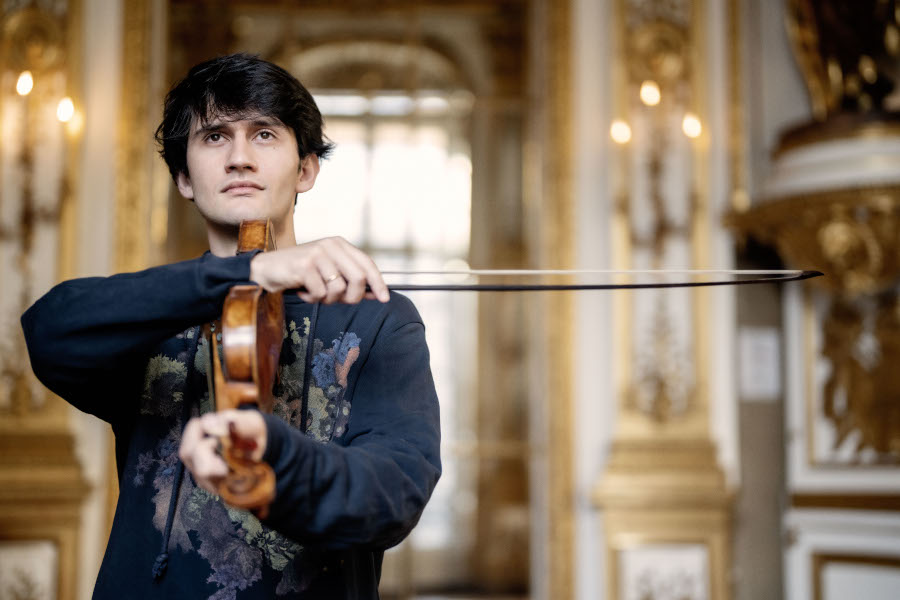Théotime Langlois de Swarte became a star of French historical performance as the first Baroque violinist in history to be nominated for the prestigious Victoires de la Musique Classique award in the "Revelation - Instrumentalist of the Year" category. Despite his young age, the musician has already recorded several albums, he can also boast of collaborations with Les Ombres and Les Arts Florissants, as well as with William Christie. During his performance with Wrocław Baroque Orchestra, you will listen to 18th-century instrumental concertos belonging to Italian and French traditions. The former will be represented by works by Pietro Locatelli and Dutch composers, and the latter by works by Jean-Marie Leclair.
“Whoever heard Locatelli playing fantasies on the violin knows what faces he made before he came to his senses again and exclaimed repeatedly: ‘Ah! How about that?’ Once he and Leclair were at the court in Kassel at the same time, prompting the court jesters to say that they both ran up and down the violin like hares, and one played like an angel and the other like a devil” – this is how he the harpsichordist Jacob Wilhelm Lustig recalled a meeting in 1728 between the two titans of the 18th-century violin playing - Pietro Locatelli and Jean-Marie Leclair. Both violin masters then fought a musical duel. However, this was the beginning of their friendship, and most likely the two spent several months together, playing in Amsterdam.
For some time, the Dutch composer and violinist Willem de Fesch was associated with Amsterdam, too. When Locatelli settled there, and perhaps Leclair with him, de Fesch was already Kapellmeister at the cathedral in Antwerp. He then moved to London, and it was there that in 1741 his concerti grossi were published, including the concerto featured in the programme. A year earlier, Unico Wilhelm van Wassenaer's Concerti armonici had been published in The Hague. They gained great popularity, but they were performed for decades as compositions by … Giovanni Battista Pergolesi. Could there be a more convincing proof of their Italian style?

